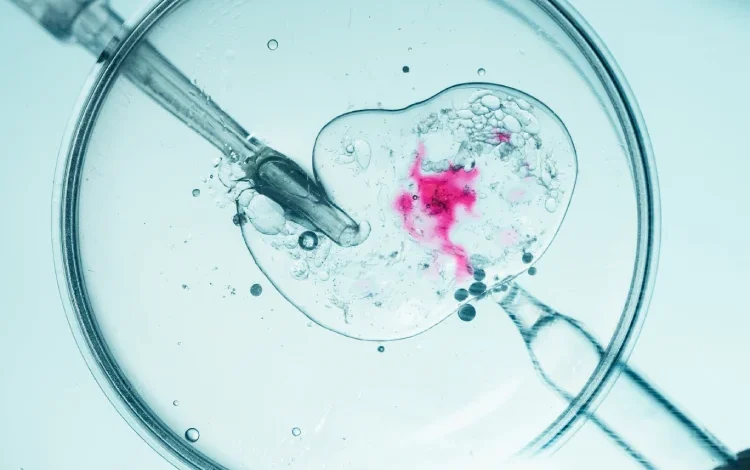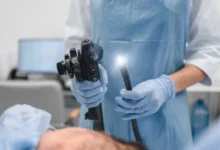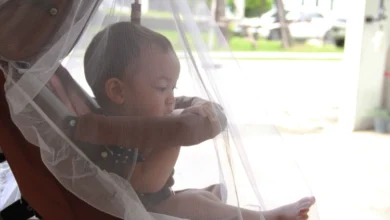How Three-Parent IVF Can Prevent Inherited Mitochondrial Diseases
A New Reproductive Technique Replaces Faulty Mitochondria to Help Families Avoid Passing on Serious Genetic Disorders

Mitochondrial diseases are a group of inherited disorders that disrupt how the body generates energy. They can affect multiple organs, including the heart, brain, and muscles, often leading to severe symptoms or early death. These conditions are caused by mutations in mitochondrial DNA—genetic material found not in the cell nucleus, but in small structures called mitochondria. And crucially, mitochondrial DNA is inherited exclusively from the mother.
Although rare, these disorders are serious. It’s estimated that around one in every 5,000 babies is affected by a mitochondrial condition, and for many families, the risk of passing it on is significant. Until recently, options for prevention were extremely limited.
That’s where mitochondrial replacement therapy (MRT) comes in. Sometimes referred to as three-parent IVF, this technique offers a way to stop these diseases from being inherited in the first place—by replacing the faulty mitochondria with healthy ones from a donor.
How It Works: Rebuilding an Egg Cell

The process starts with an egg from the mother that contains her nuclear DNA but also has mutated mitochondria. Doctors first remove the nuclear DNA, leaving behind the defective mitochondria. They then take a donor egg—which has healthy mitochondria—and remove its nucleus, keeping the healthy mitochondrial material intact.
Next, the mother’s nuclear DNA is inserted into the donor egg. The reconstructed egg now carries almost all of its genetic code from the intended parents and only a small amount from the donor. This egg is then fertilized with the father’s sperm, resulting in an embryo that has the nuclear DNA of the mother and father, and mitochondrial DNA from the donor.
In terms of genetics, the child will have over 99.9% of their DNA from their biological parents. The remaining fraction—less than 0.1%—comes from the mitochondrial donor, and it only affects cellular energy production, not personal traits or appearance.
Why It Matters: Stopping Disease Before It Starts
Unlike treatments that try to manage symptoms, this technique aims to prevent mitochondrial diseases entirely. For families with a history of these disorders, it’s a way to have a genetically related child without the fear of passing on a life-threatening condition.
The method has strict eligibility requirements. It’s only used when there’s a high risk of mitochondrial disease and when other reproductive technologies are unlikely to work. It’s not a tool for genetic enhancement or selection, but a targeted fix for a specific medical problem.
The UK’s Role and Global Outlook
In 2015, the UK became the first country to legalize mitochondrial replacement therapy under regulatory oversight. Clinics like the Newcastle Fertility Centre have since been allowed to offer the procedure under a license, making the UK the only country where MRT is permitted as part of regular medical care.
Although other countries, including the US and Australia, have shown interest in the technology, they have not yet approved it for clinical use. In the US, MRT is currently restricted to research settings.
Lingering Questions and Long-Term Monitoring
While the technique is promising, it is not without uncertainties. A tiny amount of the mother’s faulty mitochondria can sometimes be transferred along with the nucleus, though early results suggest this “carry-over” is minimal and unlikely to cause harm.
Still, long-term follow-up is essential. Scientists are monitoring the health of children born through MRT to better understand how these small amounts of mutant mitochondria behave over time and whether any risks could emerge later in life—or even in future generations.








